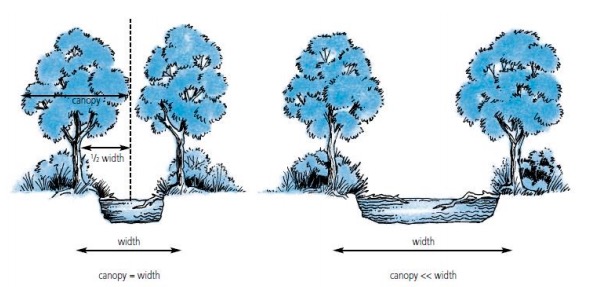Riparian Design Guidelines to Inform the Ecological Repair of Urban Waterways
Riparian zones, the strips of land that run adjacent to streams and rivers, support an array of ecological processes important for healthy, well-functioning waterways.
There is a strong incentive to manage and protect riparian zones because repairing a relatively small tract of land can deliver disproportionally large benefits. Many restoration actions, such as revegetation, are also simple and affordable. Although research on the nature of benefits in urban landscapes is ongoing, guidance is needed now to support managers forging ahead with repairing urban riparian zones, which are often highly degraded.
To assist managers in their decision-making process, the attached guidelines, produced as part of the CRC for Water Sensitive Cities’ Project B2.23, synthesise for an urban context what is broadly known about riparian zones.
The report identifies 10 ecological processes performed by riparian zones, how these processes are stressed by urbanisation, and how they can be repaired. It also presents a management framework with guidance on which on-ground actions can be prioritised given the natural and urban setting of a restoration site.
Get the report here.
